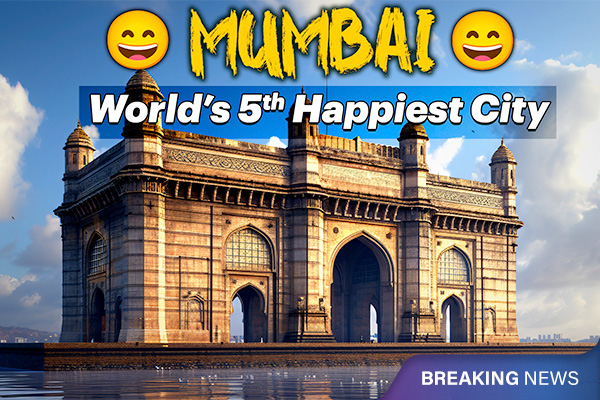Rules about the Indian National Flag
The Ministry of Home affairs has set up the ‘Flag code of India’, which governs the usage of the National flag by the citizens. Watch our Republic Day special video to learn about these rules.
Some rules have been laid down regarding the usage and hoisting of the National flag in order to prevent its disrespect. The Ministry of Home affairs has set up the ‘Flag code of India’, which governs the usage of the National flag by the citizens.
Very few people, however, are aware that such a flag code exists. We commonly see people waving the National flag proudly during national, cultural and sporting events. However, once the programme or the event is over, we see the flags strewn all around the place. This disrespect must be stopped.
What does the Flag Code of India Say:
1. The National flag should be hoisted at a height in a suitable manner.
2. Whenever the flag is hoisted, it should occupy the position of honour and be distinctly placed.
3. Where the practice is to fly the flag on any Government building, it should be flown on that building on all days including Sundays and holidays from sunrise to sunset, irrespective of the weather conditions.
4. The flag should always be hoisted briskly and lowered slowly and ceremoniously. The hoisting and lowering should be simultaneous with the bugle calls.
5. When the flag is displayed horizontally or at an angle from the window or balcony, of a building, the saffron band must be uppermost.
6. When the flag is flown during a public meeting, the speaker should face the audience and the flag should be displayed behind and to the right of the speaker or flat against the wall above and behind the speaker.
7. When used on occasions like the unveiling of a statue, the flag shall be displayed distinctly and separately.
8. When the flag is displayed on a car, it should be attached to a staff, which should be affixed firmly on the bonnet of the car.
9. When the flag is carried in a procession or a parade, it should be held in the right hand. If there is a line of other flags, the National flag should be in the middle.
10. The flag should not be stopped downwards in respect to any person or thing.
11. No other flag should be hoisted higher than the National flag.
12. The flag should not be used to cover or decorate the speaker’s desk during any meeting.
13. The National flag should never be displayed with the saffron band down.
14. The flag should not be allowed to touch the ground or trail in water.
15. The flag should not be displayed or fastened in a manner which might damage it.
Clear rules have been laid down to prevent misuse of the National flag
1. The flag should not be used as a drapery in any form whatsoever except in State, Military Forces funerals.
2. The flag cannot not be draped or stuck over any vehicle, train or boat. It must not be simply thrown on the ground.
3. The flag should not be used as a curtain in any household.
4. The flag should not be printed on any clothing or over handkerchiefs, napkins, cushions etc.
5. Nothing should be written or printed on the National flag.
6. The flag should not be used in any form of advertisement nor shall an advertising sign be fastened to the pole from which the flag is flown.
7. Only on Independence Day and Republic Day flower petals are kept inside the flag before it is unfurled.
8. During the ceremony of hoisting or lowering of the flag, all persons present should face the flag and stand at attention. Those present in uniform should render the appropriate salute.
9. During a parade, when the flag is in a moving column, persons present will stand at attention and salute as the flag passes by them. A dignitary may take the salute without wearing a cap.
These rules have to be followed by all. Whoever, in any public place or in any other place within public view, burns, mutilates, defaces, defiles, disfigures, destroys, tramples upon or disrespect the Indian National Flag they will be punished with imprisonment for a term which may extend to three years or with fine, or with both.







